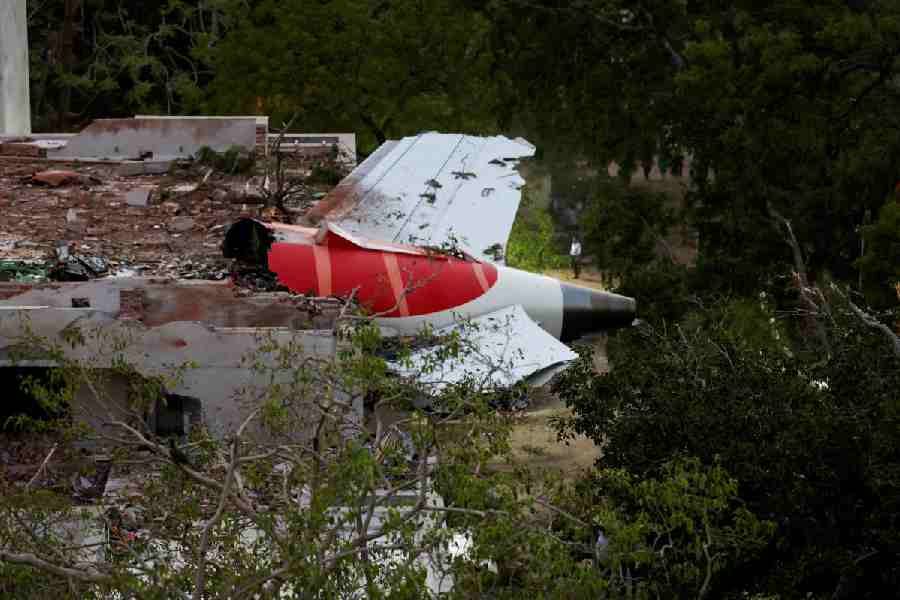
An illuminated Shahid Minar offers a colourful perspective to the biggest and the brightest supermoon in 68 years on Monday evening. The full moon was the closest to the Earth since January 26, 1948.The Moon has an elliptical orbit - one side, called the perigee, is about 48,280km closer to the Earth than the other, called the apogee. When the Sun, Moon and the Earth line up with the Earth in the middle and the perigee side of the Moon faces us, we get a perigee-full moon or a supermoon."Reports from all over the world say there was a lot of interest among the people in the supermoon. This shows the interest in celestial events among the common people is on the rise," said Debiprosad Duari, director, research and academic, MP Birla Institute of Fundamental Research, MP Birla Planetarium. The moon will next come this close in 2034.Picture by Bishwarup Dutta










